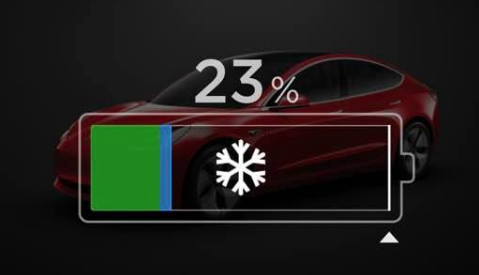stopcrazypp
Well-Known Member
How much miles or km did you actually lose (keeping in mind some of it may recover as battery warms up, some range loss is temporary)? Again energy screen may be wrong in terms of what category it put it in. Also, is the car plugged in or not? Battery needs to warm up to charge, so it may result in energy waste when it does do (it also does that when awake to discharge, but it should be less than when charging).Thank you all for your replies! I really appreciate the time and effort you put into helping me.
More necessary info to my car.
I do not use preconditioning. The car is usually in a heated garage, so I tend not to need it.
I have never used Sentry, it’s another feature I feel I do not need. Privacy laws in my country also significantly reduce its usefulness, should anything actually happen and be recorded.
The car does not have any optional software packages. As such, Smart Summon is not an option on my car.
I am not trying to say that this photos represents the stable, long-term coefficient of phantom drain of my car. Nevertheless it is a snapshot of a consistent condition I am confronted with every winter since I own the car, January 2020.
8.5% drain for an undisturbed car in temperatures around the 32-40F range within just 23 hours seems steep and out of the ordinary to me.
Another possibility is your 12V battery is on the way out. This may make the car have to wake more often to charge it.



